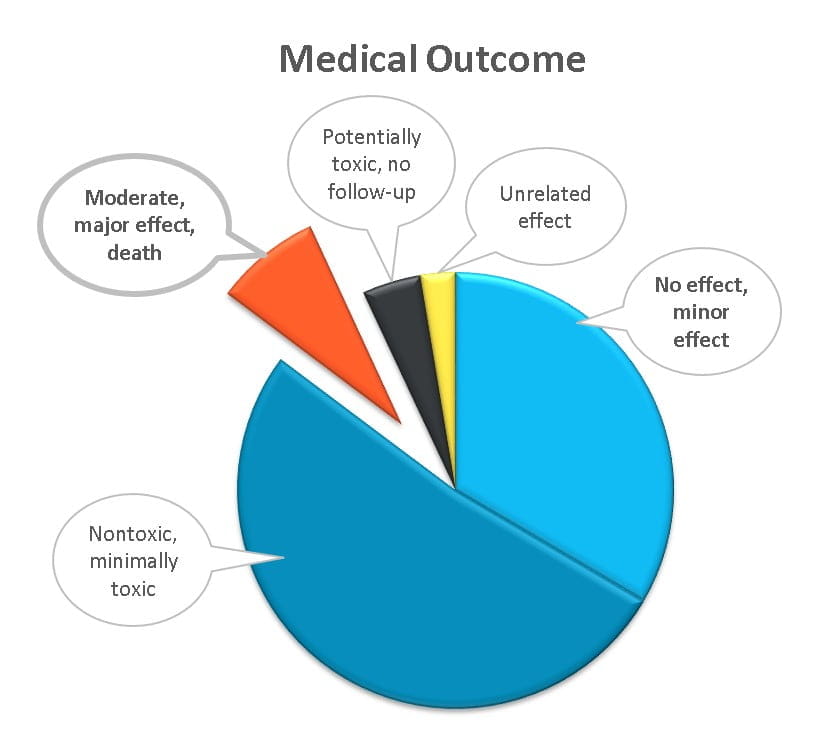
Dogs and Pain Medications
You can gauge the extent and location of your dog's pain by watching his behavior, mood, and response to being touched. Anything more than very mild pain requires examination by a veterinarian who can prescribe the most appropriate medication. Over-the-counter pain medications intended for humans should never be used in dogs without consulting a veterinarian.











